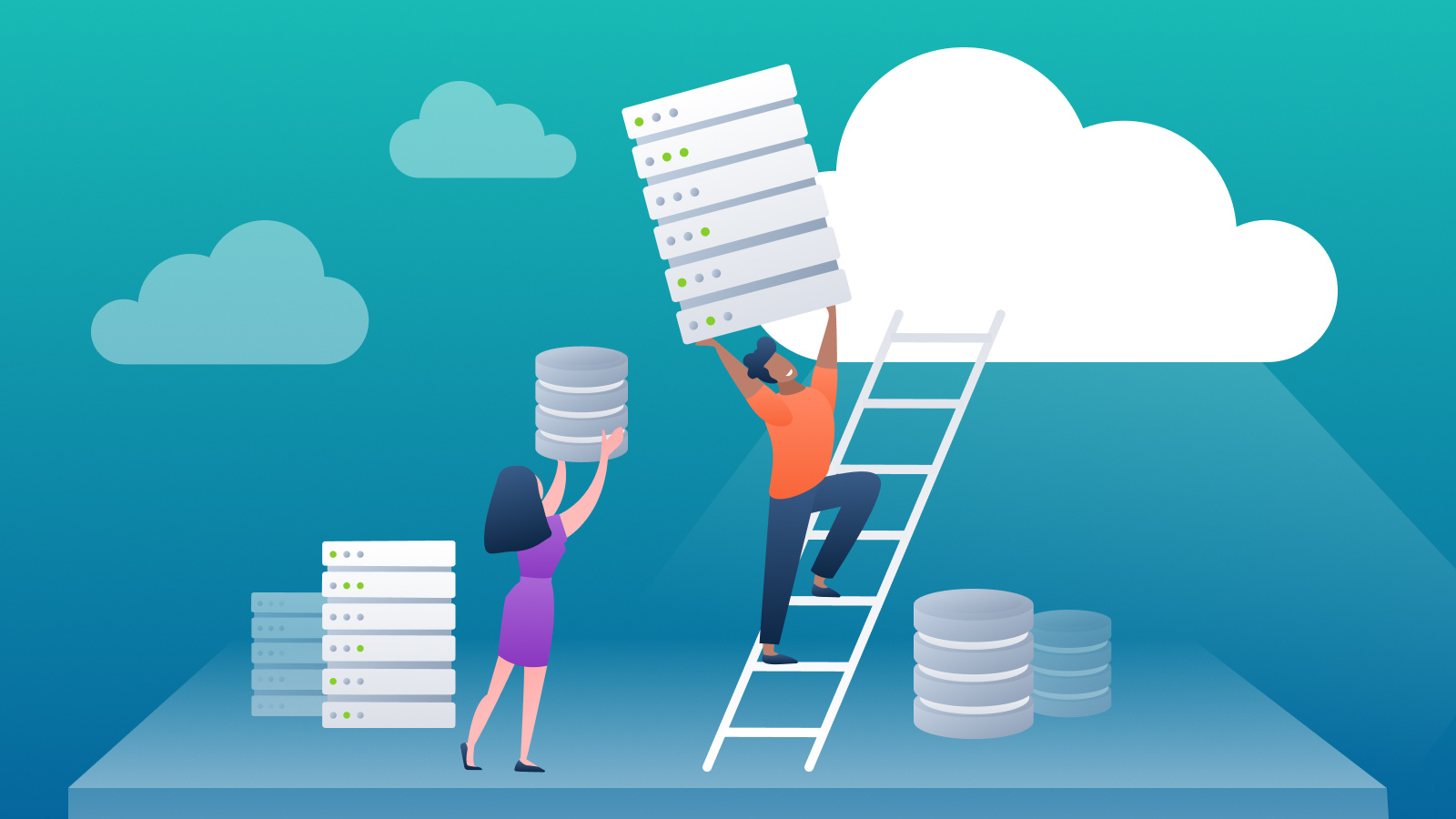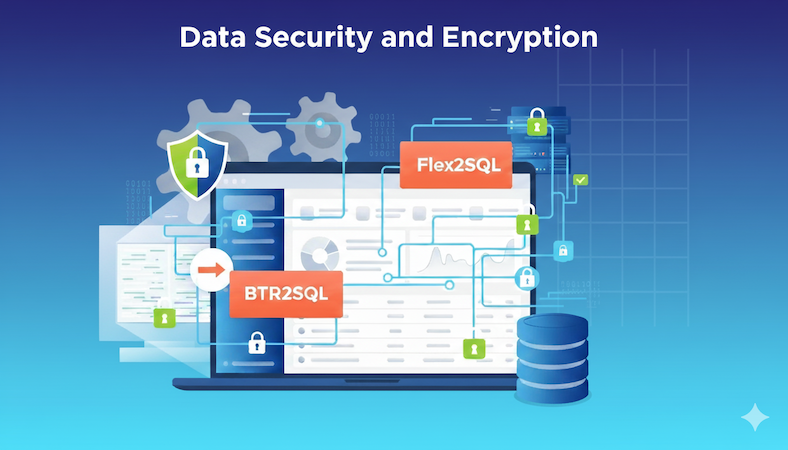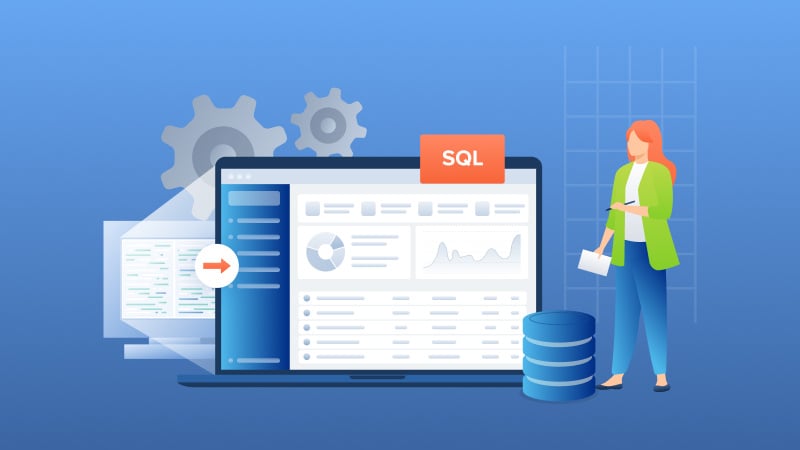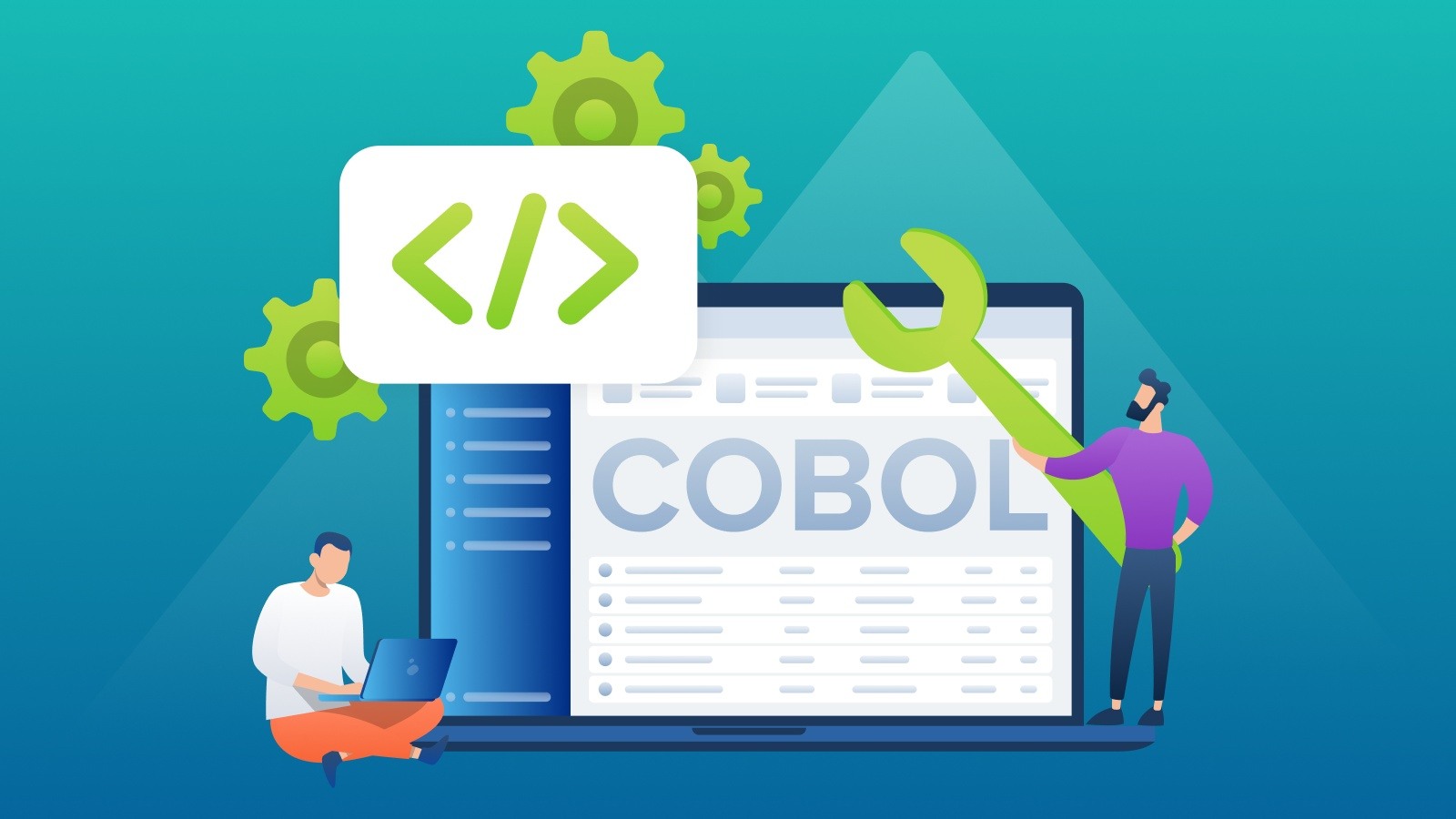Data Security with Flex2SQL and BTR2SQL Connectivity Products
The most common reason for Enterprises looking to migrate from legacy Btrieve or DataFlex databases is the urgent need to address security and...
6 min read
 Mertech
:
May 30, 2024 6:45:00 AM
Mertech
:
May 30, 2024 6:45:00 AM

This post is co-authored with Riaz Merchant, President and CEO at Mertech.
Cloud migration is the strategic leap from traditional on-premise infrastructures to a more dynamic cloud environment.
The forecast is that global spending on public cloud services will grow over 20% in 2024 to $678.8 billion (from $563.6 billion in 2023).
This trend is due to the numerous benefits of cloud migration, which include enhanced operational agility, increased revenue, and better scalability.
Yet, navigating the cloud migration journey demands careful planning and execution to avoid the pitfalls that have led to a 50% stall or failure rate in projects.
In this blog, we'll break down the cloud migration process into 7 distinct steps and highlight the major do's and don'ts to help you transition seamlessly to the Cloud.
Before taking the leap into the Cloud, it's crucial to align your business objectives and outcomes with the cloud migration process. The decision to migrate should stem from a desire to enhance scalability, flexibility, and innovation rather than following a tech trend.
The benefits must significantly outweigh any potential drawbacks, such as:
Adopting a phased approach can help you minimize these cloud data migration process risks.
But how do you ensure a safer path forward?
Let's break down the different phases of migrating to the Cloud.
The on-premise to cloud migration process is typically divided into phases, each catering to different goals and levels of cloud integration.
Let's explore these phases to understand how they contribute to a seamless transition and what steps are crucial at each stage.
The hybrid cloud phase involves the use of existing on-premises databases while simultaneously integrating with cloud-based applications.
To build an effective hybrid cloud environment, you can migrate your less critical applications first. This allows you to assess the cloud's viability without overwhelming your team or budget. It also provides a practical test bed for identifying potential challenges and smoothing out processes before a full-scale migration.
The benefits?
Adopting this dual approach allows for the seamless operation of applications, with the added benefit of cloud accessibility and scalability.
Additionally, your customers can access enhanced features and capabilities without losing the familiarity and trust in their existing data systems, allowing them to get the best of both worlds.
Moreover, the hybrid cloud migration model opens up new revenue streams. For example, as you adopt cloud-based applications, you can offer customers the option to access these advanced solutions on a subscription basis.
Moving your IT infrastructure and data to the Cloud involves three key stages:
Embracing a fully cloud-native infrastructure can help you leverage cloud computing's full spectrum of benefits.
In this end-to-end cloud migration process, applications are either developed anew or significantly re-architected to exploit cloud-native capabilities such as microservices, serverless computing, and dynamic orchestration.
Achieving cloud-native status involves a comprehensive alignment of IT resources, operational practices, and business strategies with the cloud's elastic nature. It's a deliberate evolution, ensuring that every layer of the technology stack is optimized for the Cloud.

Transitioning fully to the Cloud can be a demanding, time-consuming, and costly process.
But by following a set of structured cloud migration steps, you can move swiftly through this complex transition and achieve your goals more efficiently.
Let's take a look at each step in more detail:
Start by thoroughly assessing your existing IT infrastructure, applications, and data.
This evaluation should highlight which parts of your IT ecosystem are ready for the Cloud and which may require modifications or upgrades. Understanding the scope and scale of what you're migrating is also critical for planning and risk assessment.
A clear strategy acts as your roadmap, guiding each step of the migration. This should include defining your objectives, timelines, and milestones. Also, to ensure the strategy aligns with your business goals, consider factors such as cost, scalability, and performance requirements.
Selecting the right cloud platform and resources is pivotal.
Consider aspects like the cloud model (public, private, or hybrid) that best fits your needs. Equally important is choosing a reliable migration partner with the expertise to navigate the complexities of cloud integration effectively.
Mini Case Study: Mertech's Approach to Cloud Migration
Mertech facilitates seamless cloud transitions with Thriftly, a tool that effortlessly bridges on-premises software to cloud functionality.
But how does this process work exactly?
By wrapping existing software with APIs, Mertech maintains the app's integrity while leveraging cloud benefits. This approach not only preserves the investment in the existing codebase but also expedites the move to a hybrid cloud environment.
Equip yourself with the necessary tools and technologies for the migration. This preparation phase includes:
Implementing DevOps practices and cloud governance frameworks early on ensures that your cloud environment is scalable, secure, and manageable. These methodologies emphasize automation, CI/CD, and strict adherence to security policies and compliance standards.
With your preparation finally complete, you can initiate the migration of your data, applications, and workloads to the Cloud. This step requires careful execution and coordination to minimize downtime and ensure a seamless transition.
Post-migration, continuous monitoring, and testing are essential to validate the performance and security of your cloud environment.
Optimization efforts should focus on fine-tuning resources, improving efficiency, and reducing costs, ensuring that your cloud infrastructure delivers the desired business outcomes.

To be successful in your transition to the Cloud, you should be aware of the cloud migration best practices. Here's a list of the main do's and don'ts to guide you through the process:
The secret to a successful cloud migration process lies in having a detailed migration plan, underscored by a thorough assessment of your current environment, a step-by-step strategy, and meticulous post-migration optimization. These steps ensure a seamless transition, allowing your business to leverage the Cloud's full potential.
Entrust your cloud migration journey to Mertech, where our expertise is not just claimed but proven, as highlighted by our Gold Competency award from Microsoft.
Our team offers all-round cloud migration services and stands ready to guide you through each phase of the process, ensuring your move to the Cloud is smooth, secure, and strategically aligned with your business objectives.
Let's embark on this transformative journey together.
Absolutely. The business process of cloud migration focuses on aligning the migration with your organization's goals, such as cost reduction, scalability, or enhanced agility.
Meanwhile, the technical process deals with the nitty-gritty of actually moving your applications, data, and workloads to the cloud. Both are critical and must be in sync for a successful migration.
Yes, and it's actually recommended. Automation tools can streamline the migration process, reducing manual errors and speeding up the transition, making it much more efficient.
It's hard to pinpoint one step as the most important, as each phase has its criticality. However, the initial planning and assessment phase is fundamental. It sets the stage for everything that follows, determining the migration's scope, strategy, and success criteria.
Hybrid cloud migration offers flexibility, combining on-premises, private cloud, and public cloud services. Cloud-native migration, on the other hand, is about fully embracing the cloud's potential optimizing applications to leverage cloud technologies from the get-go.
To successfully handle a cloud migration break or failure, you should have a robust contingency plan and a solid testing/monitoring system in place. Continuous testing ensures you catch issues early, while a contingency plan provides a clear path for recovery.

The most common reason for Enterprises looking to migrate from legacy Btrieve or DataFlex databases is the urgent need to address security and...

Introduction Many independent software vendors (ISV) and corporate users still rely on applications that use a category of database collective called...

COBOL applications are the foundation of numerous essential business functions, especially within the banking, insurance, and government sectors....